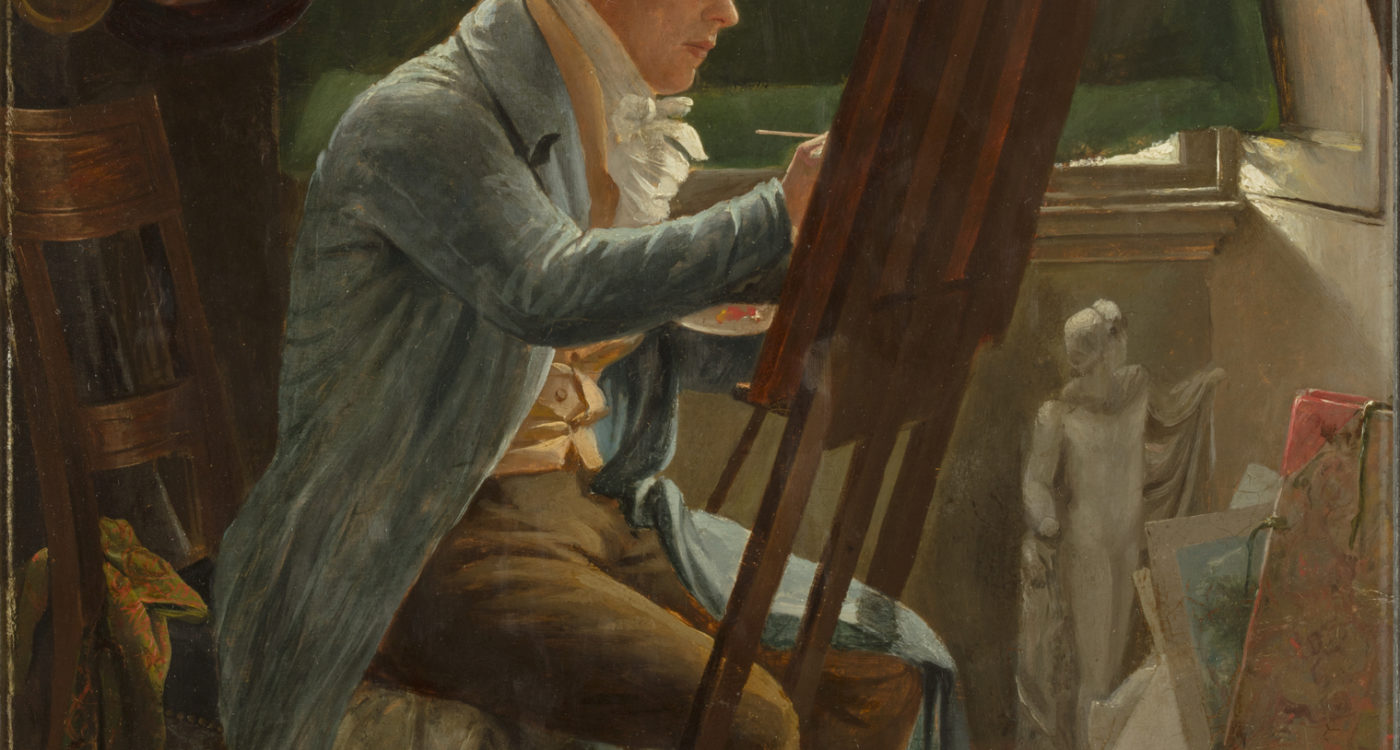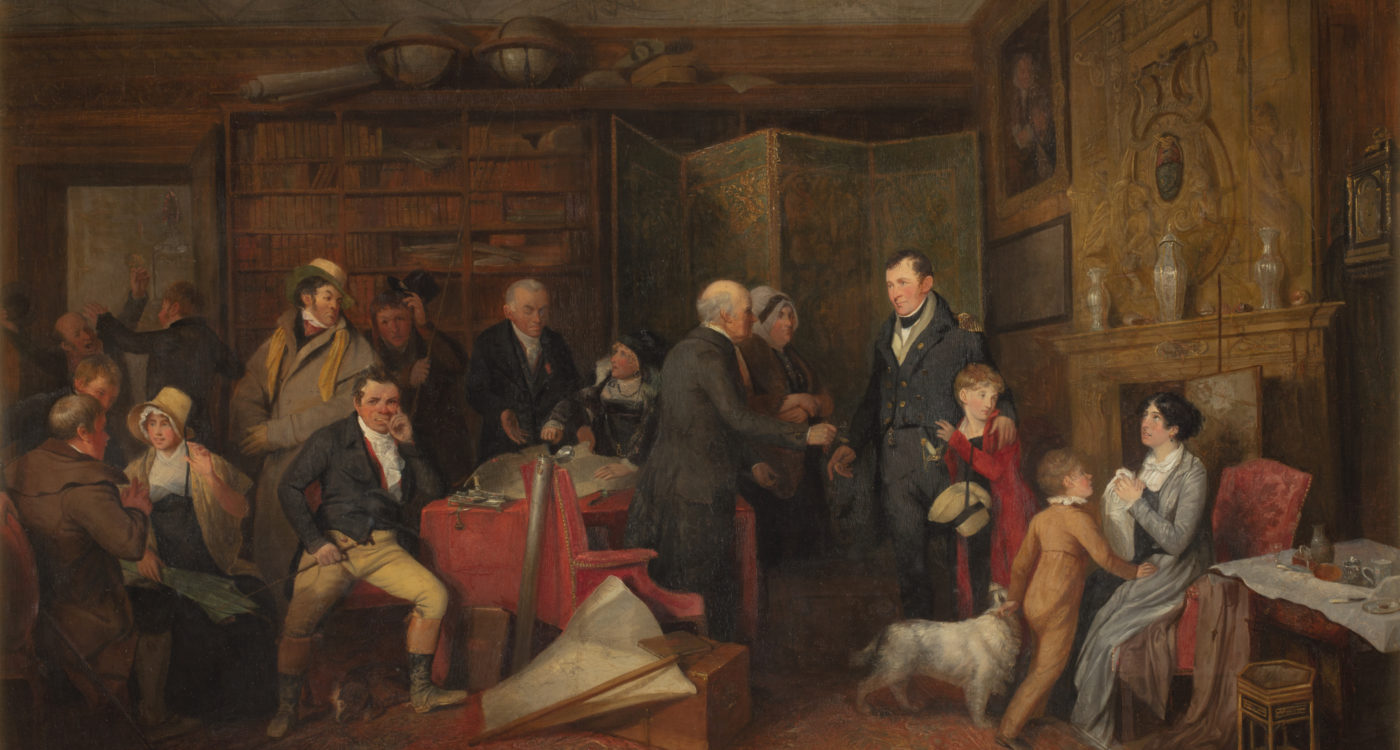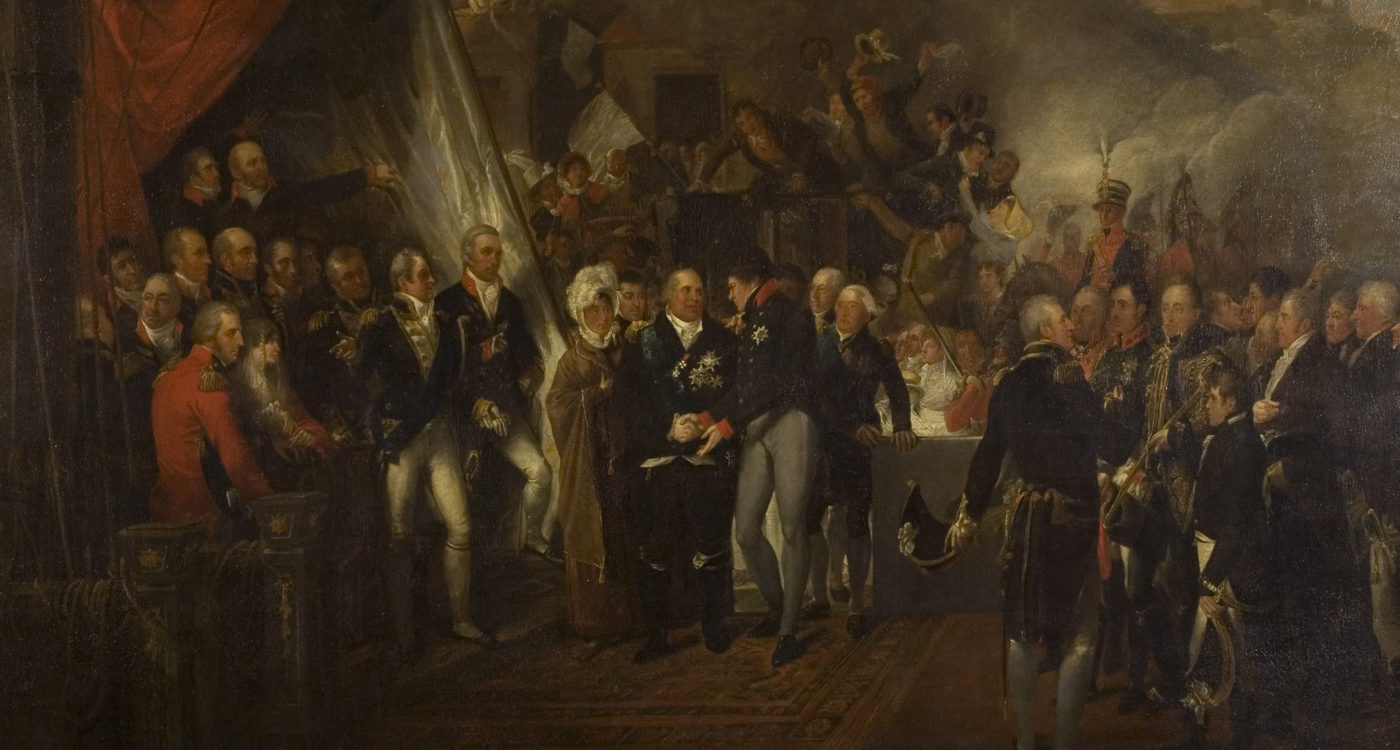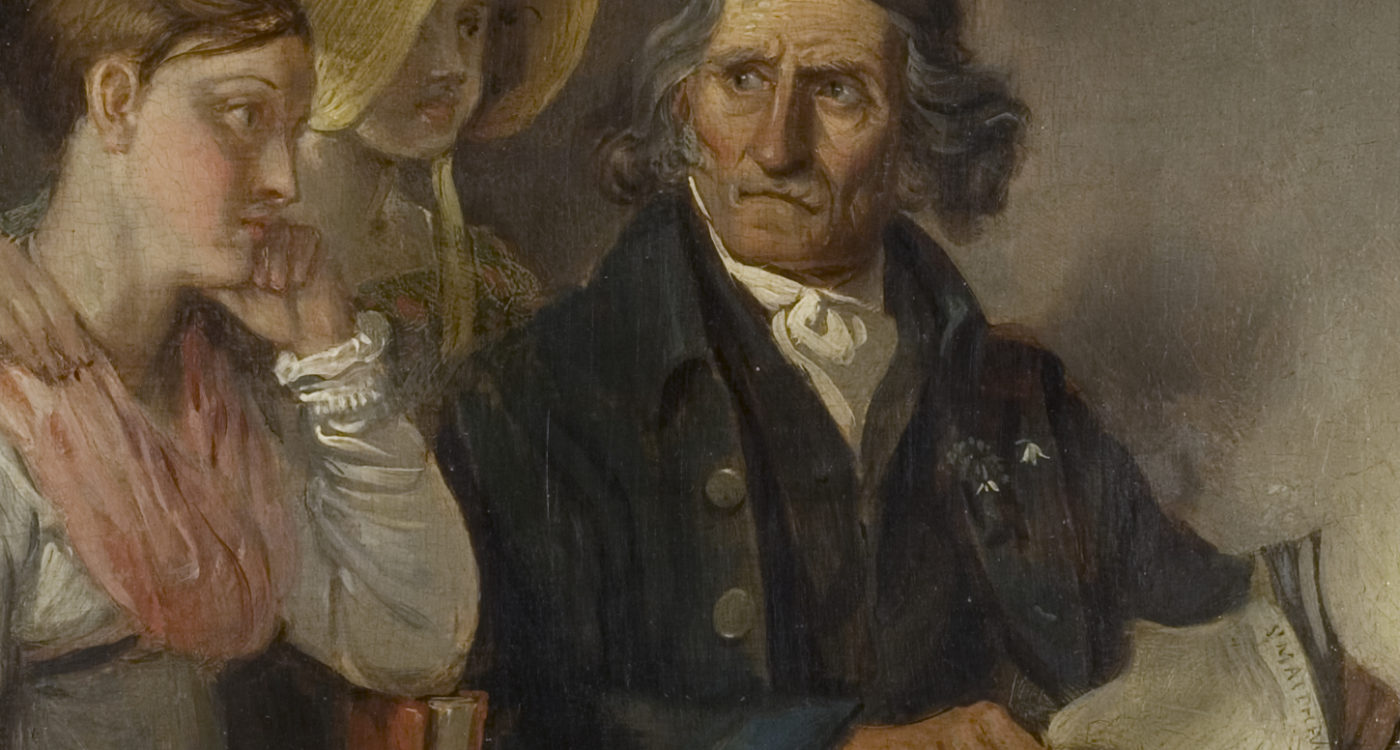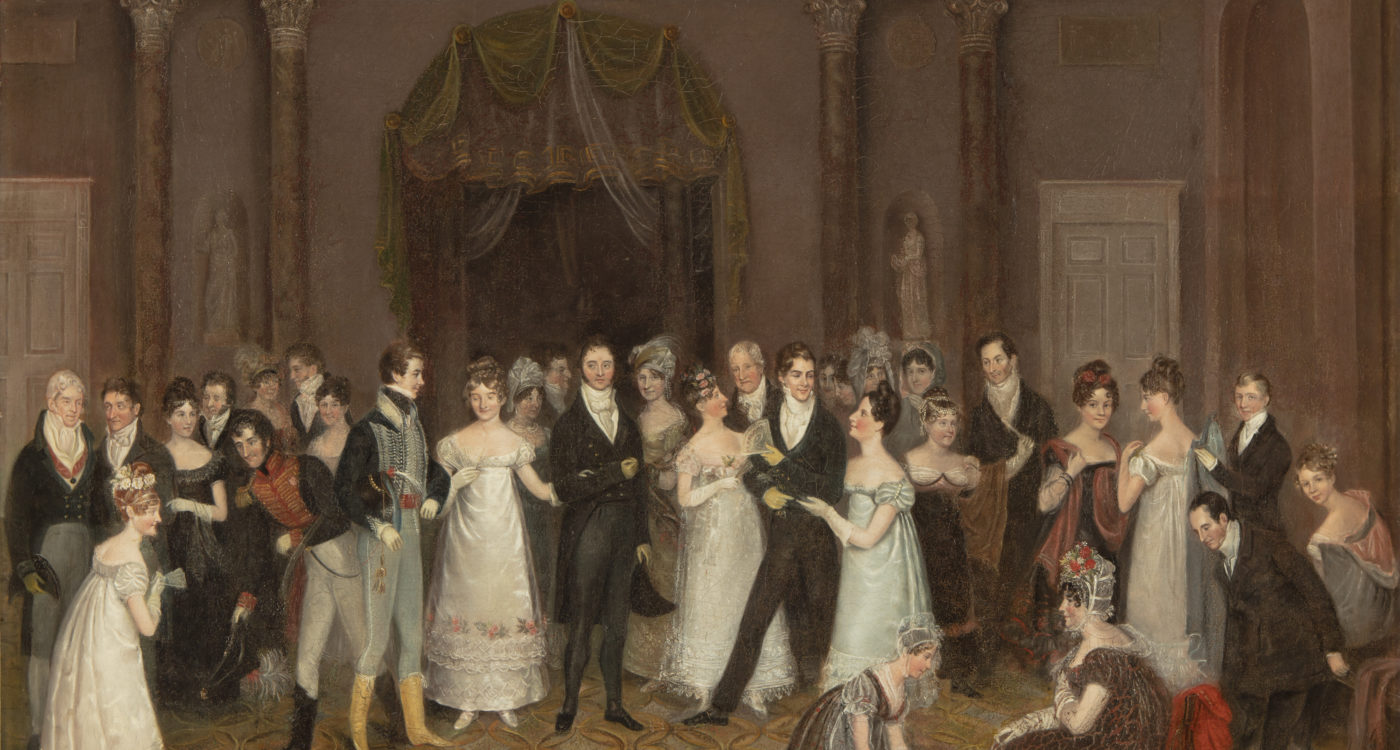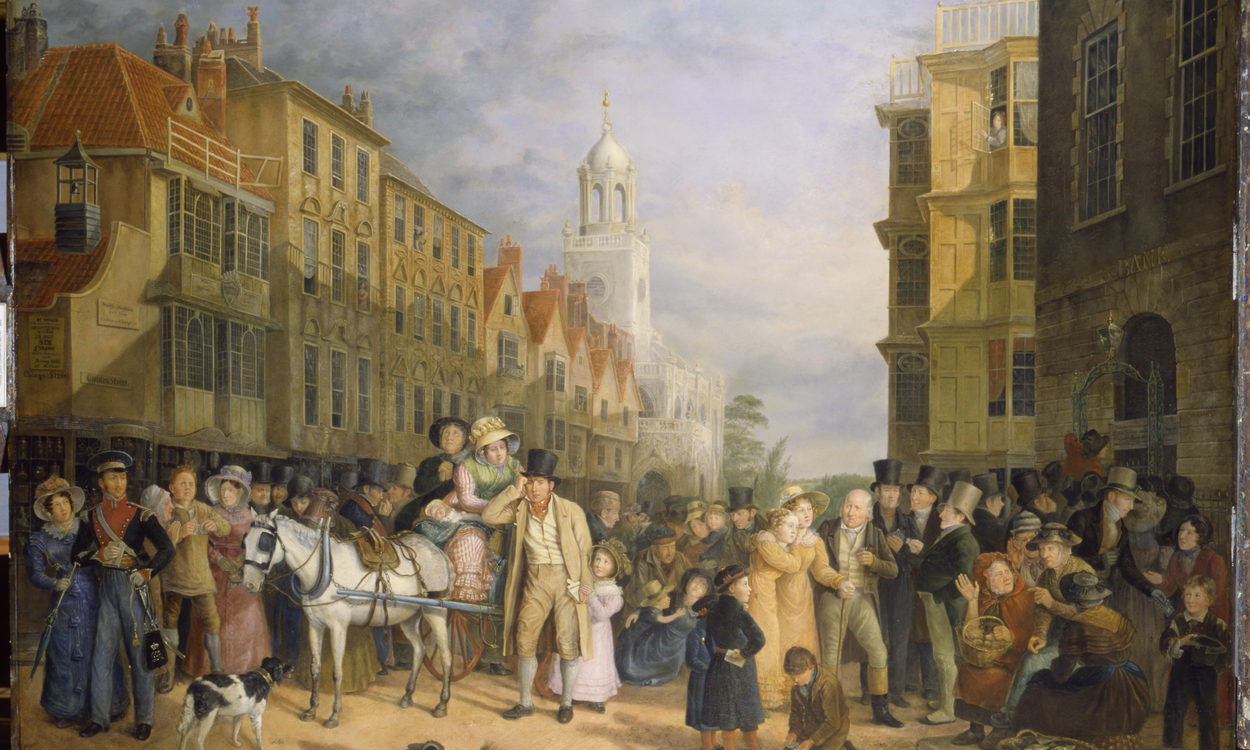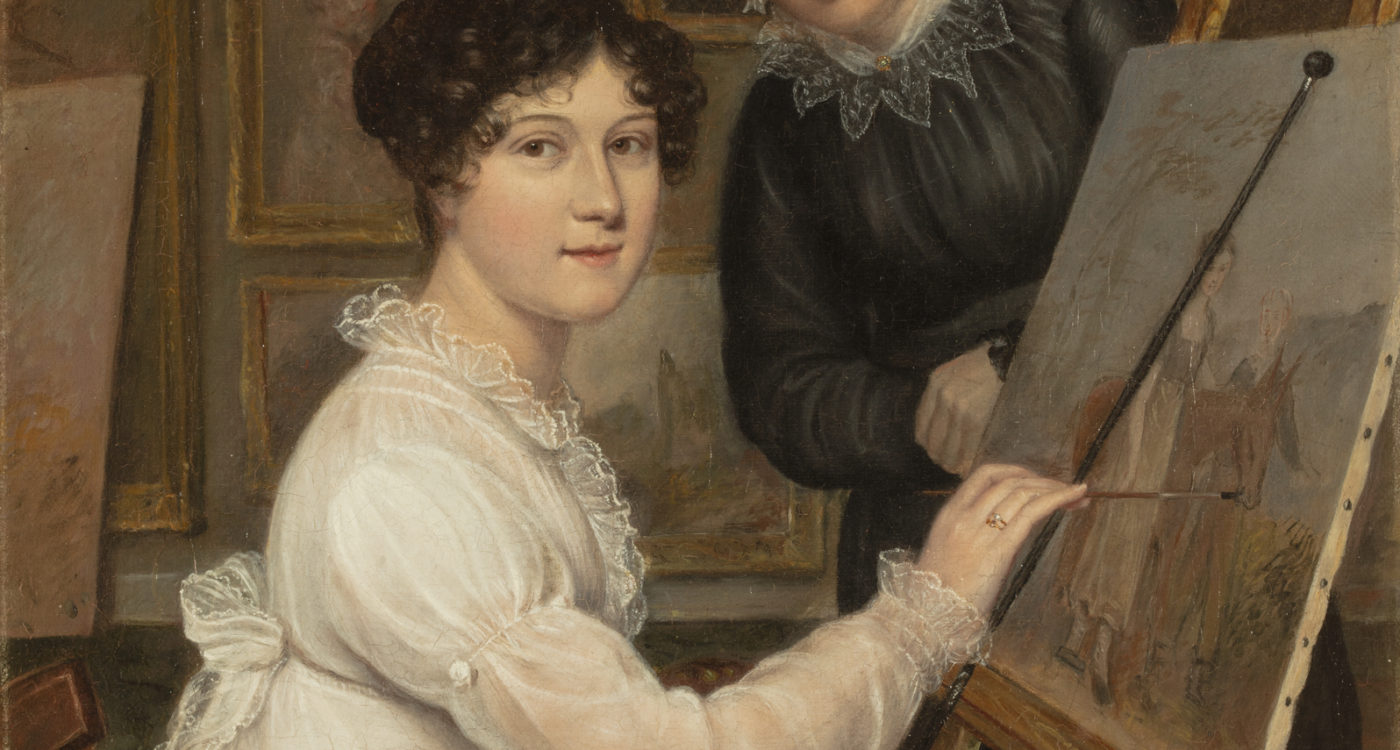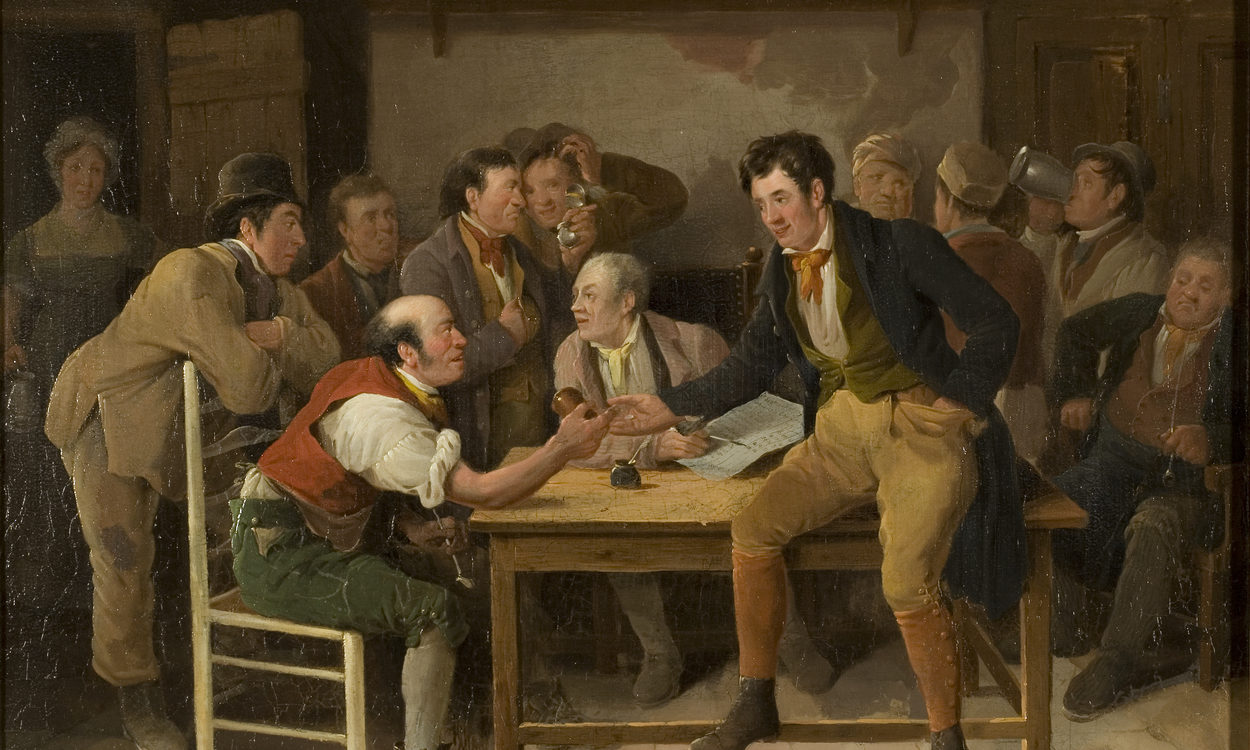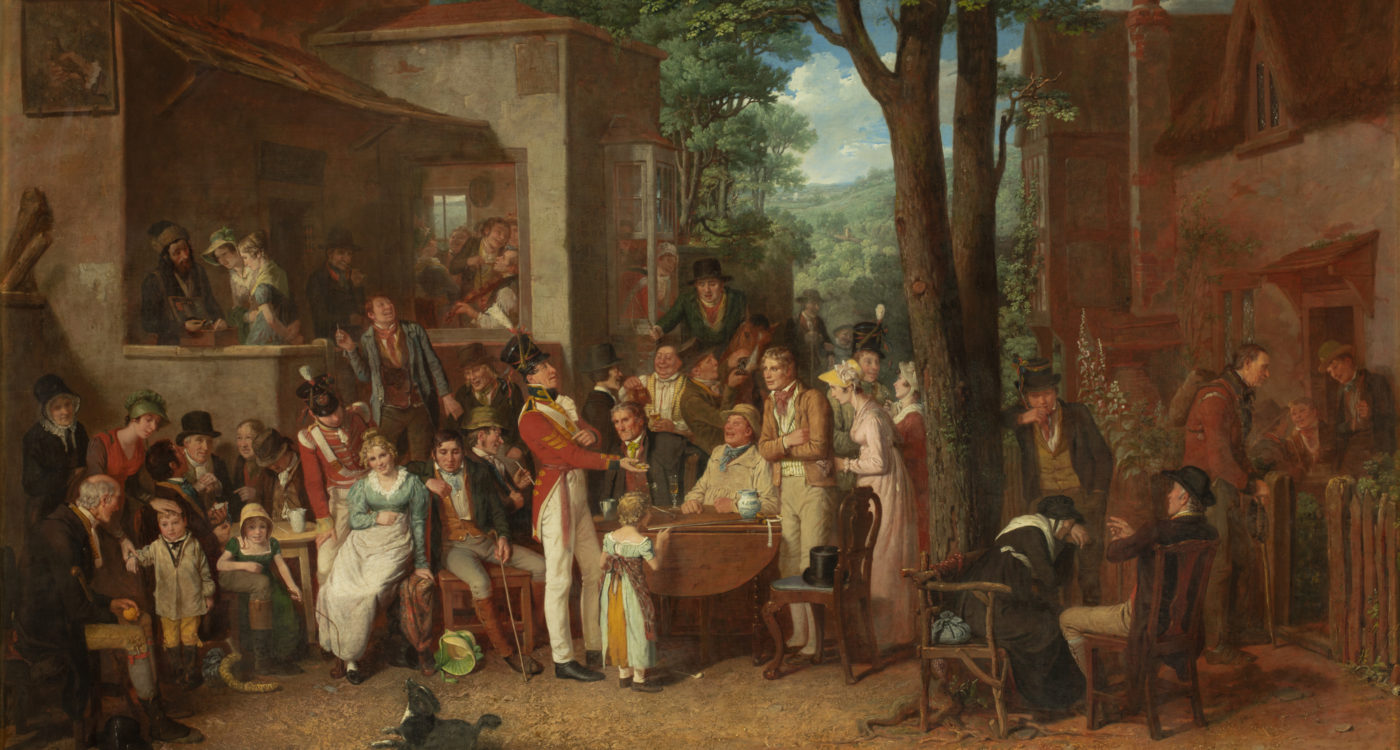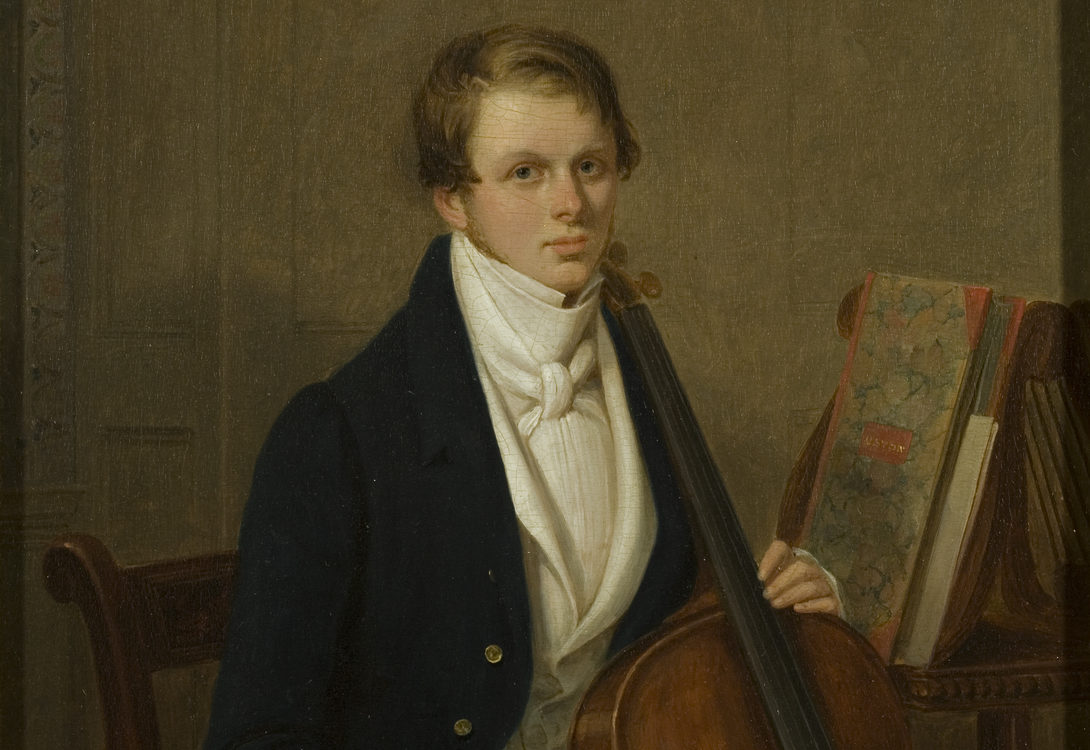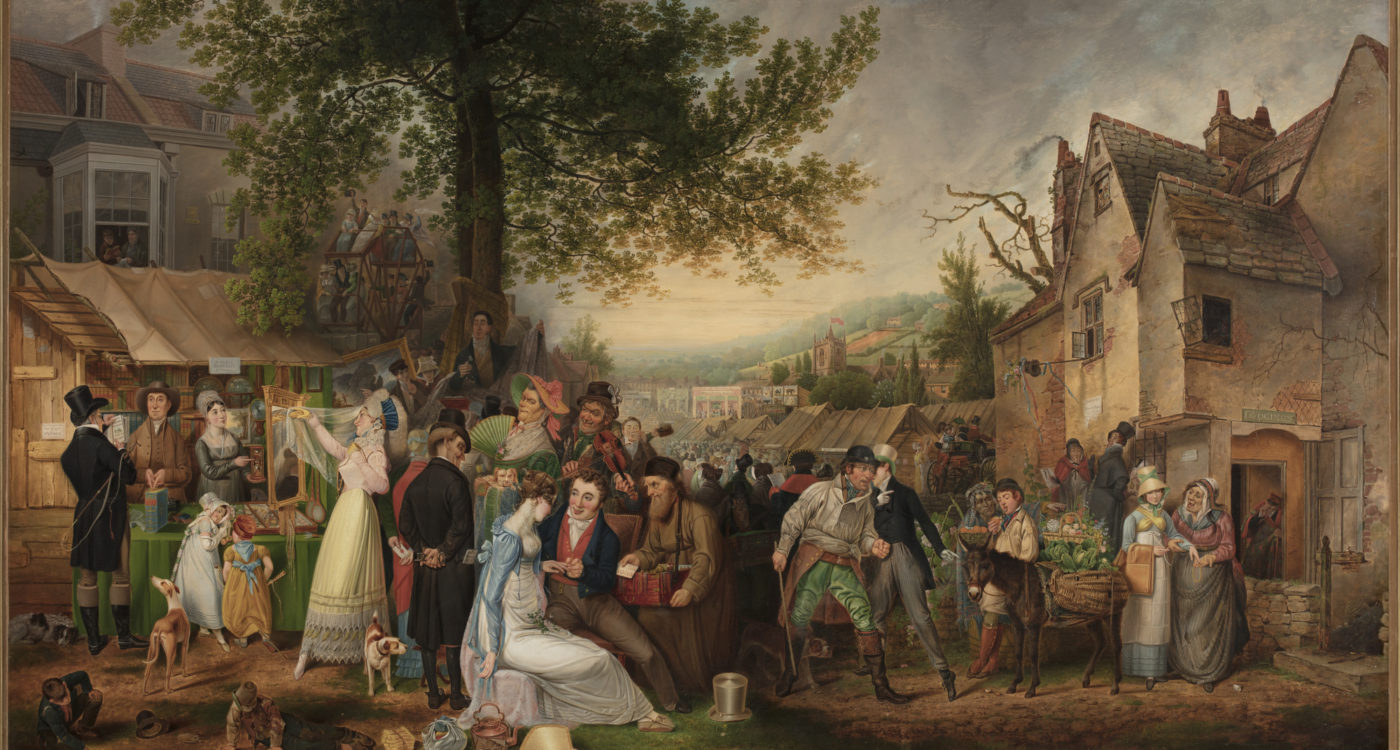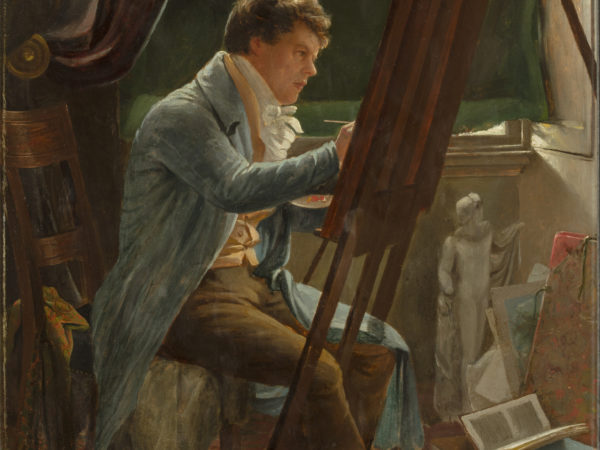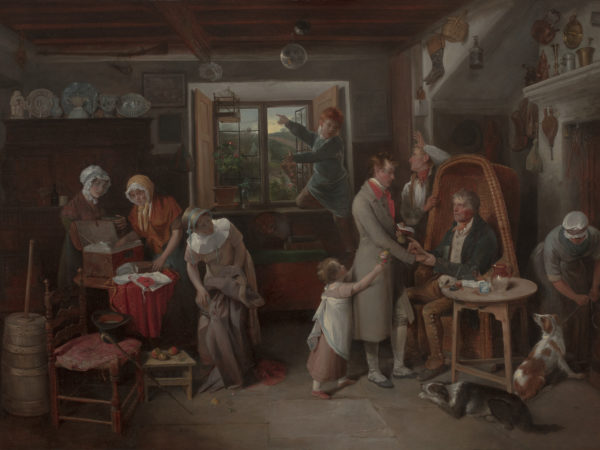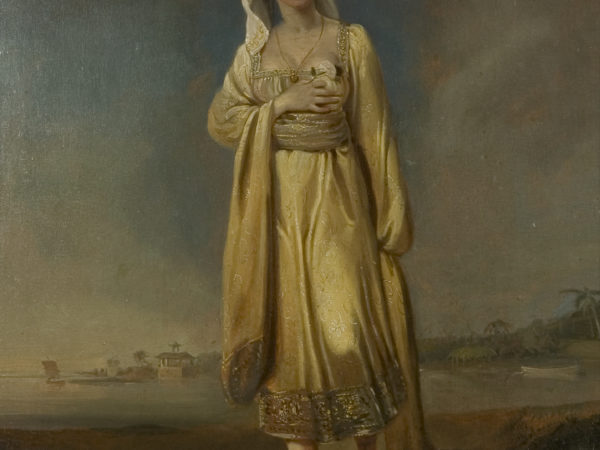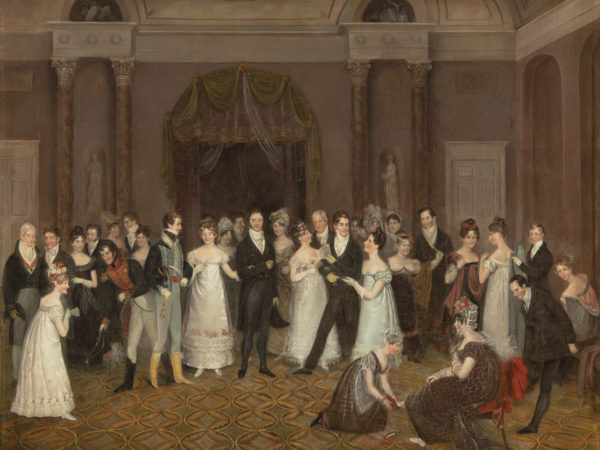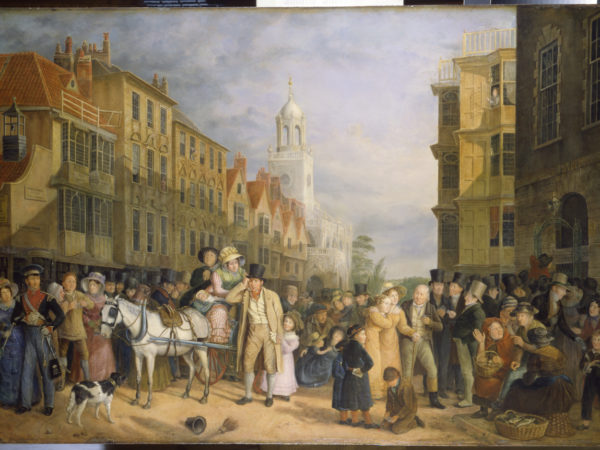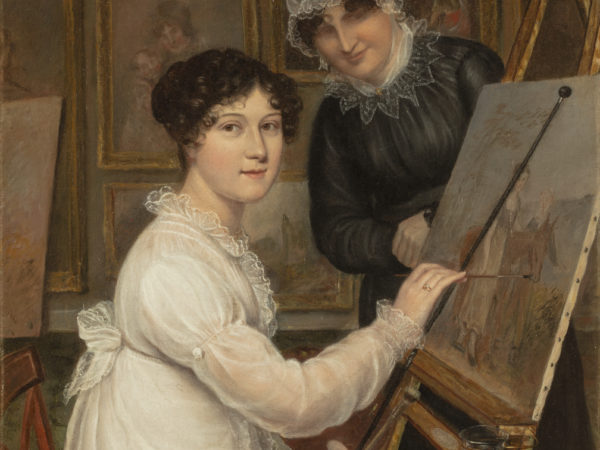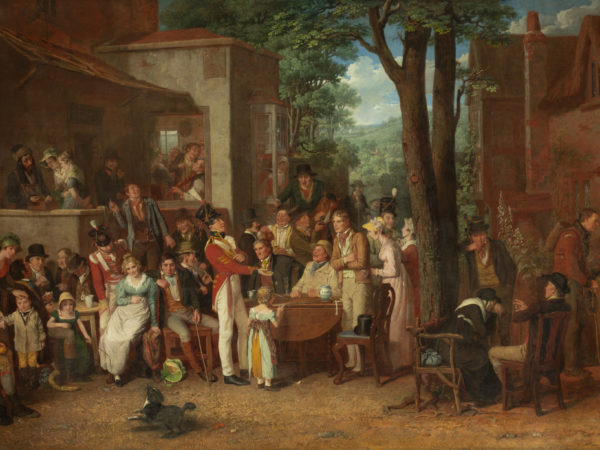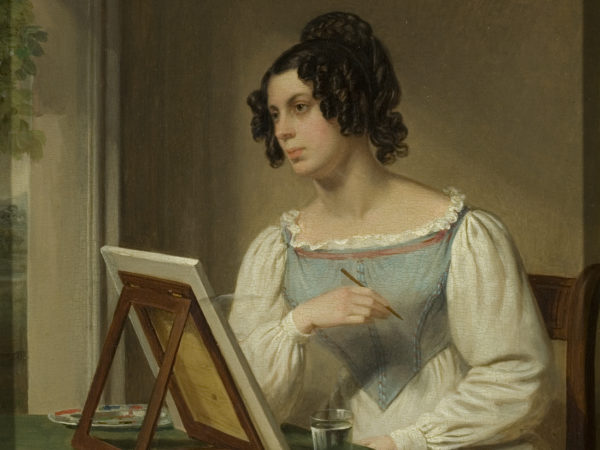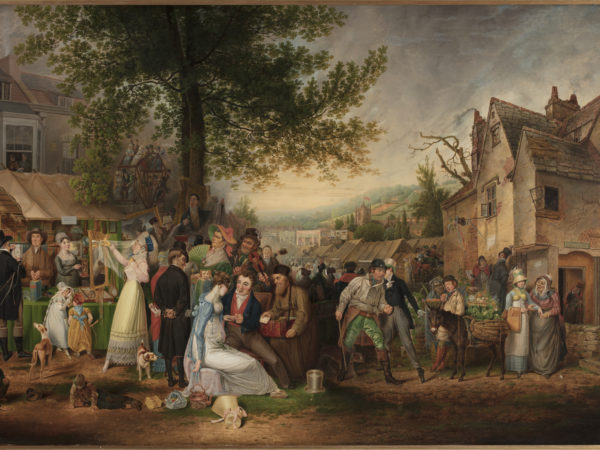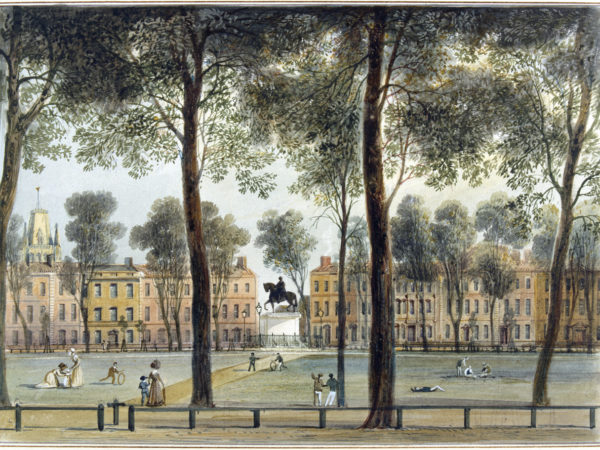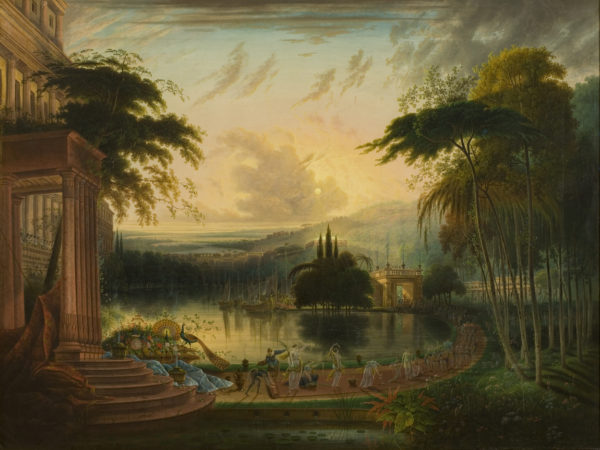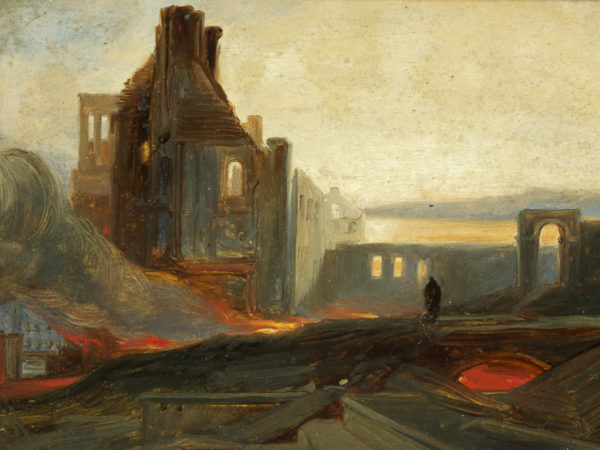
Absolutely Social Comedy: The narratives that inspired the Bristol School
At the very beginning of the 19th century, Bristol was one of only a small number of artistic centres outside London specialising in “genre” paintings.
These scenes of everyday life were often inspired by current affairs. Like Edward Bird, who had great success in London, the painters Edward Rippingille, Samuel Colman and Rolinda Sharples were keen to the actions of their contemporaries.
They were inspired by Dutch and Flemish art of the 17th century, and also in the satirical and moralising works by William Hogarth. The painters were witnesses to a rapidly changing British society.
Depictions of ordinary people stood alongside portrayals of the leisured classes, such as the The Cloakroom, Clifton Assembly Rooms. These pictures are often closely linked to novels of the period, in particular those of Jane Austen.
